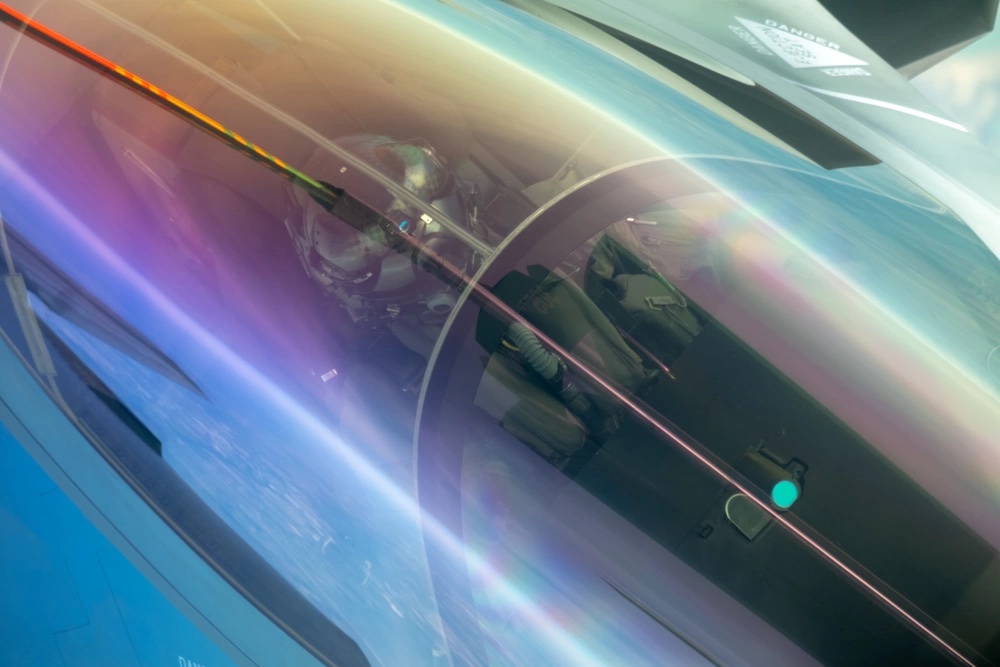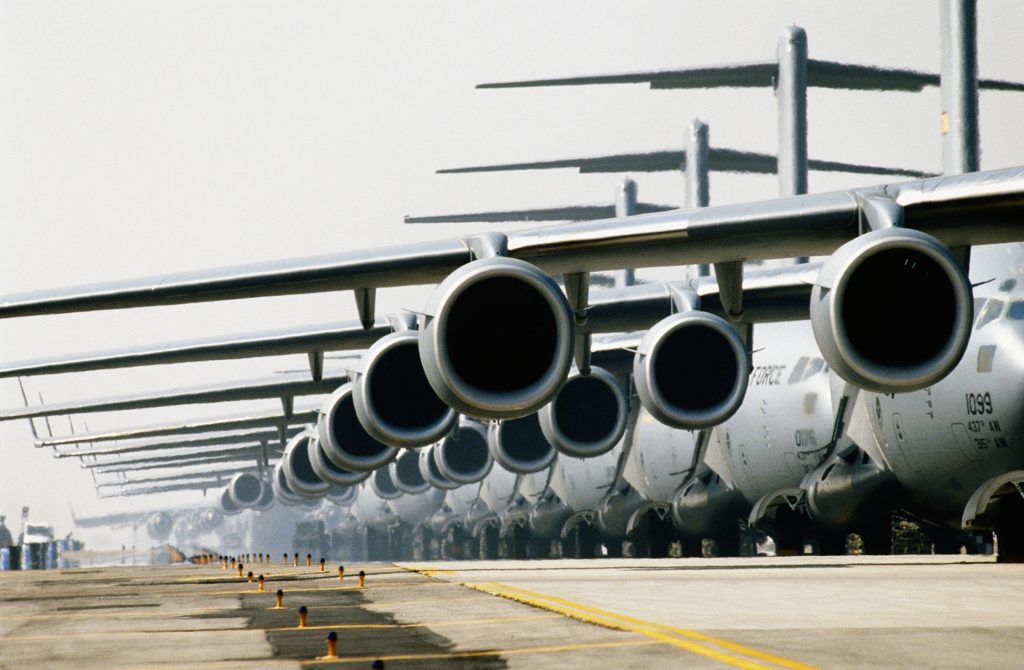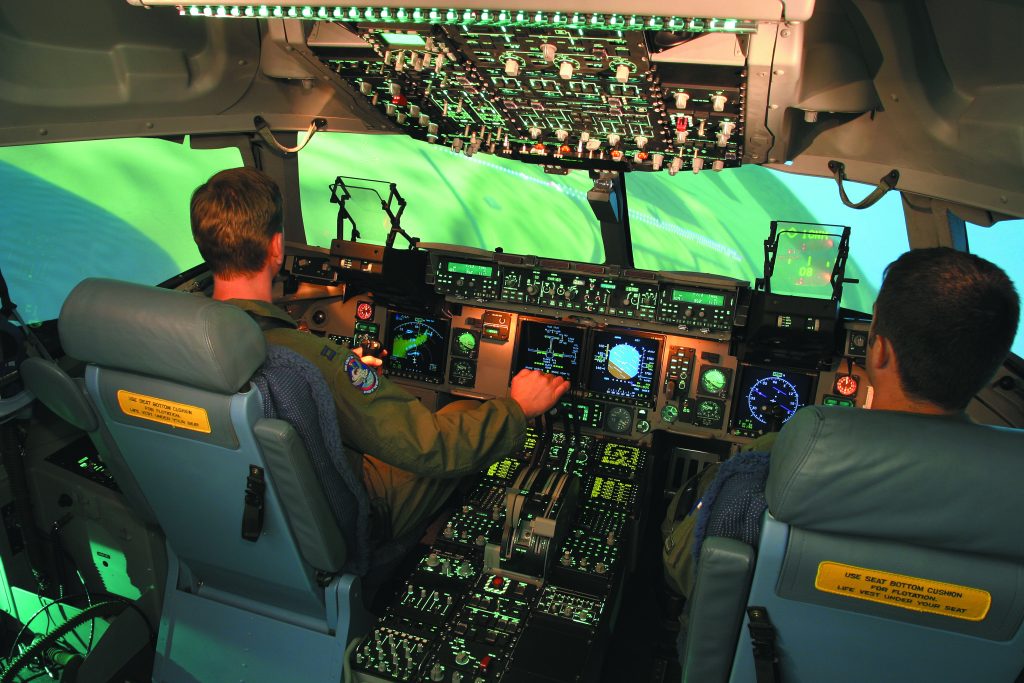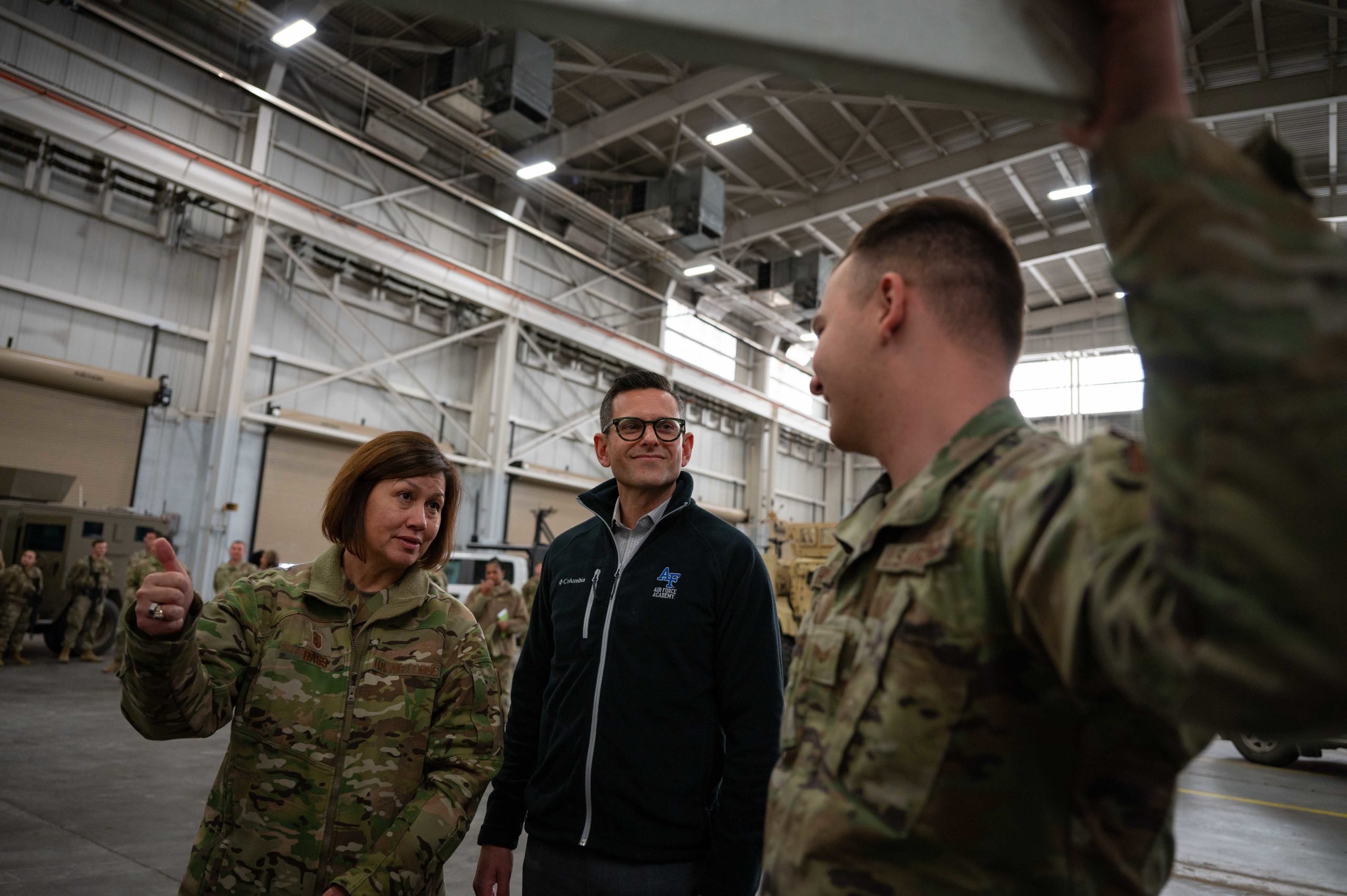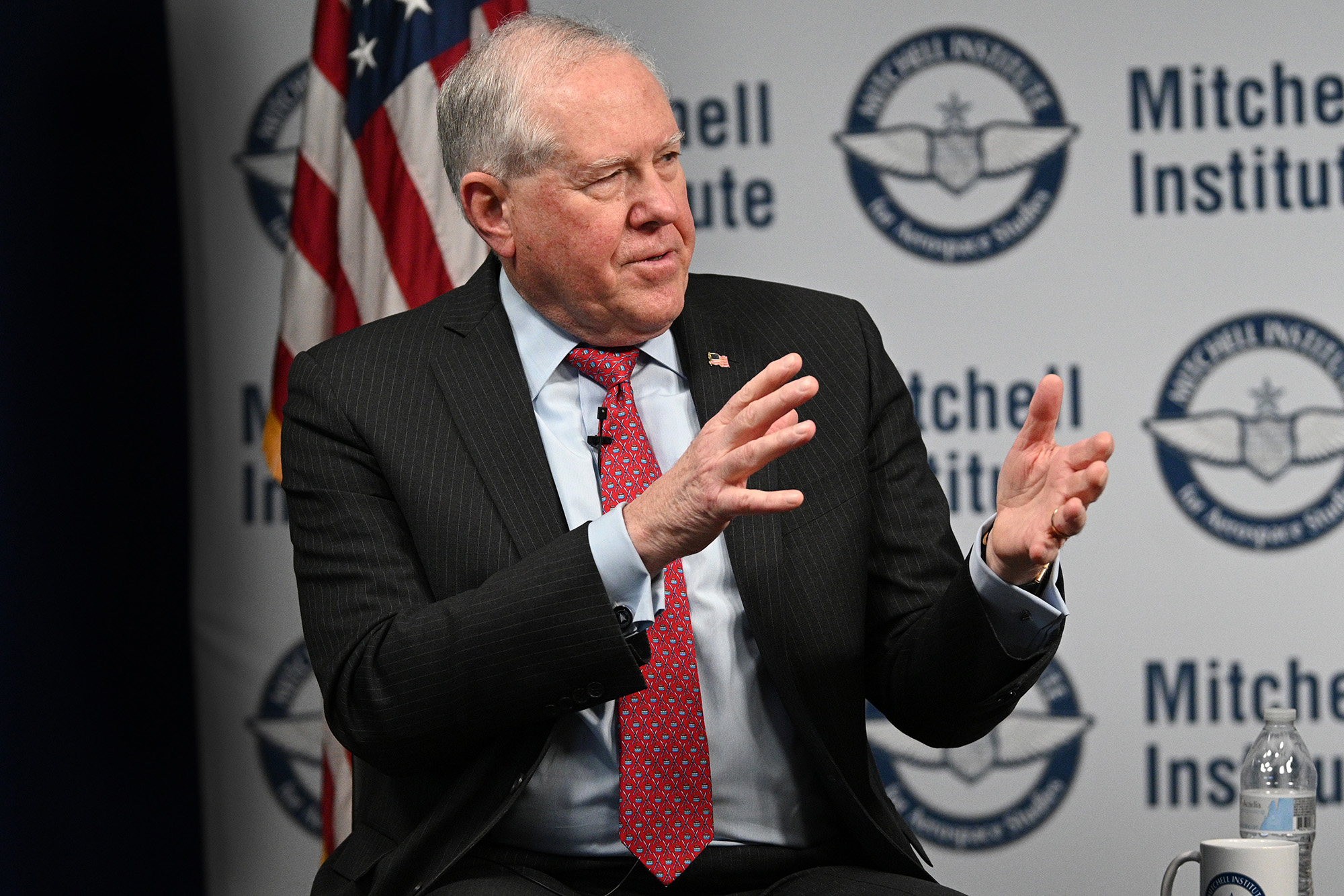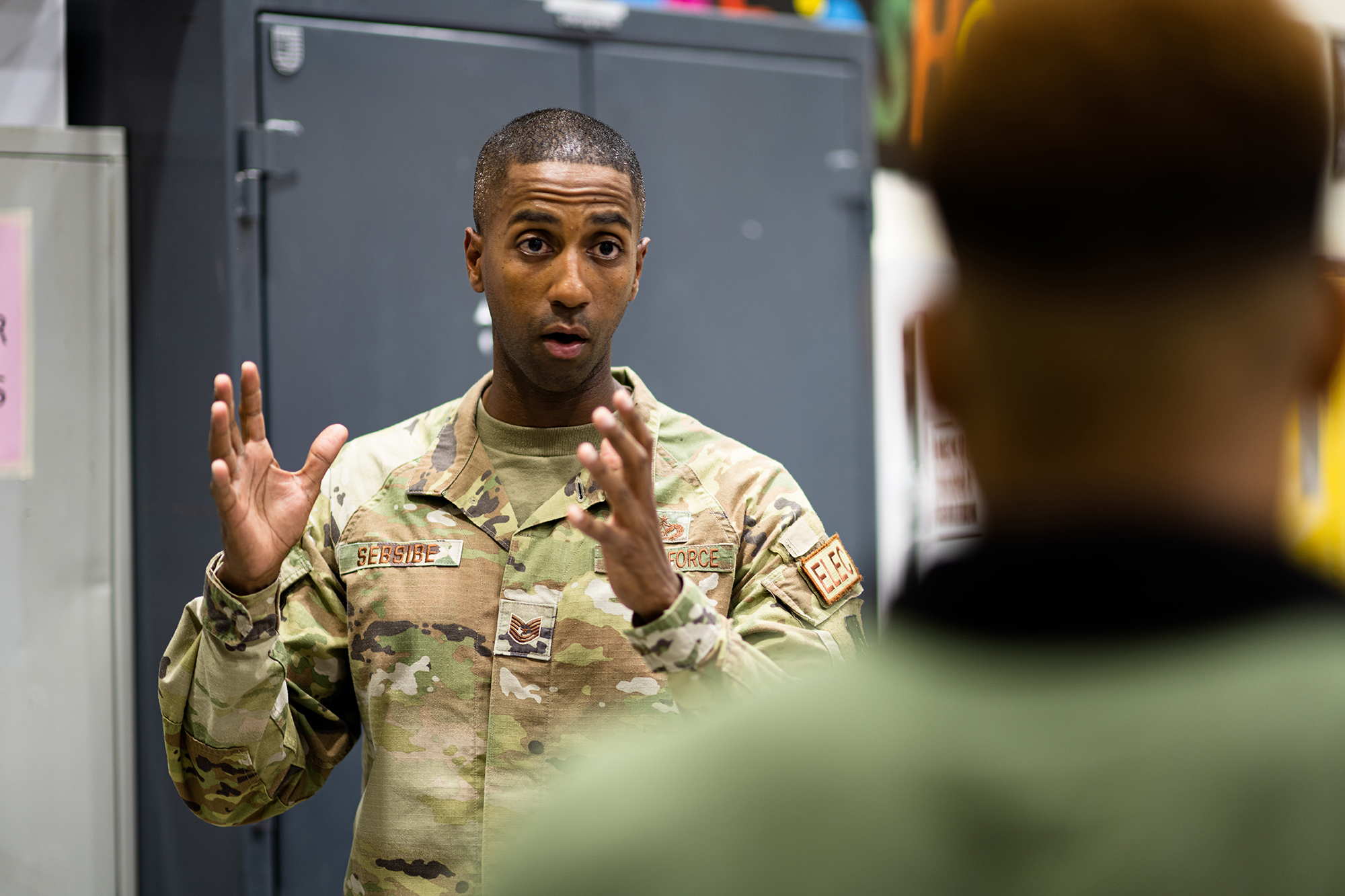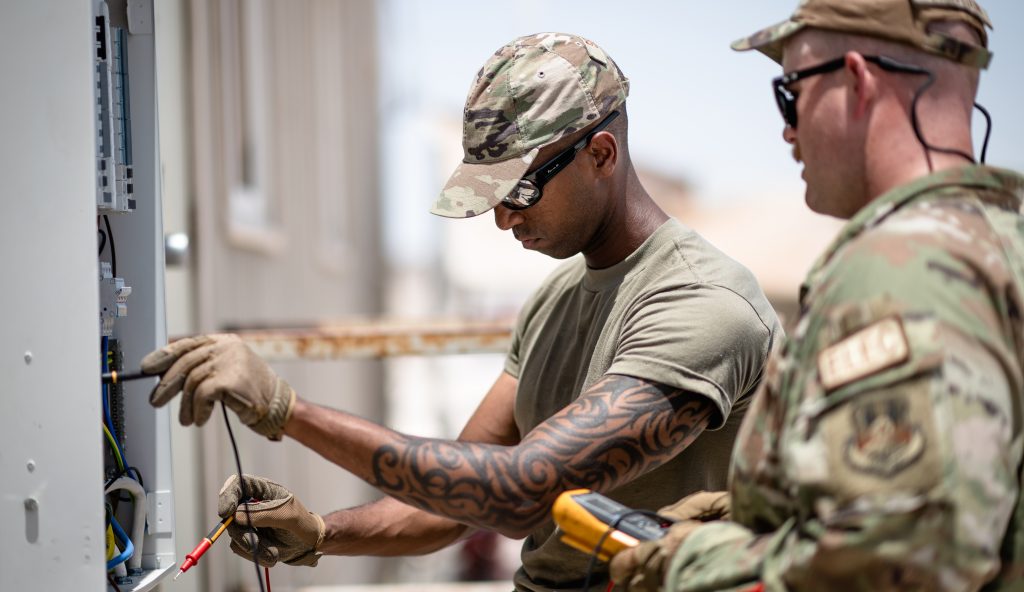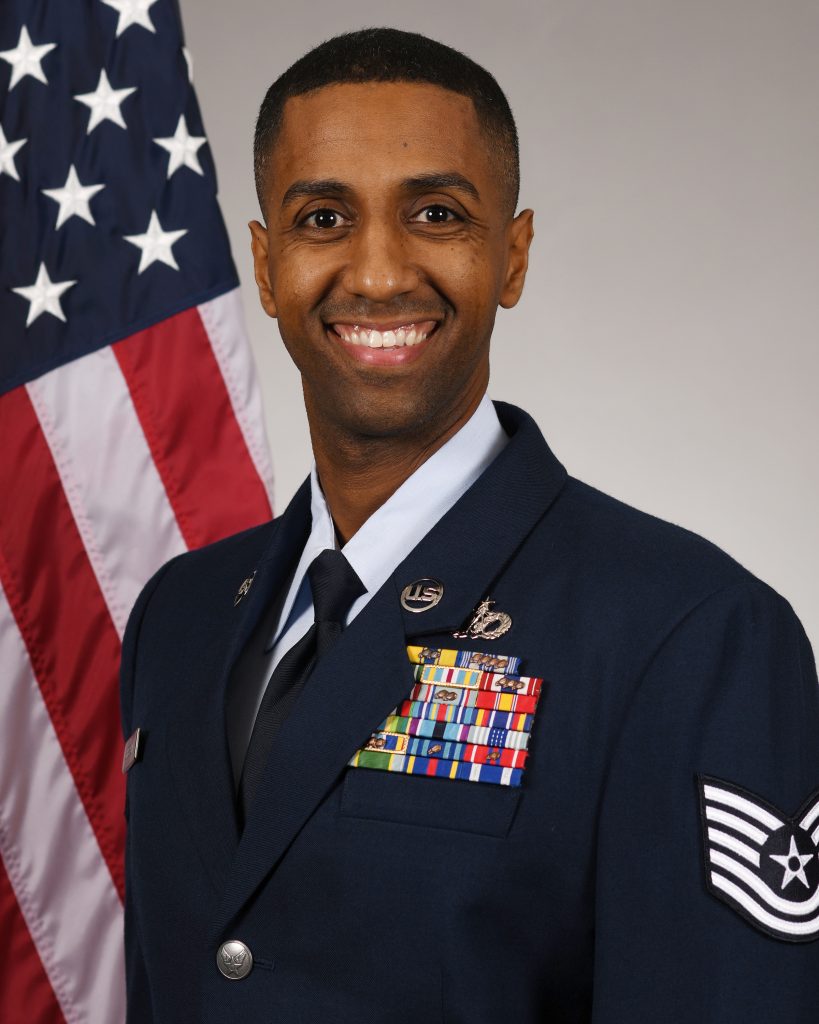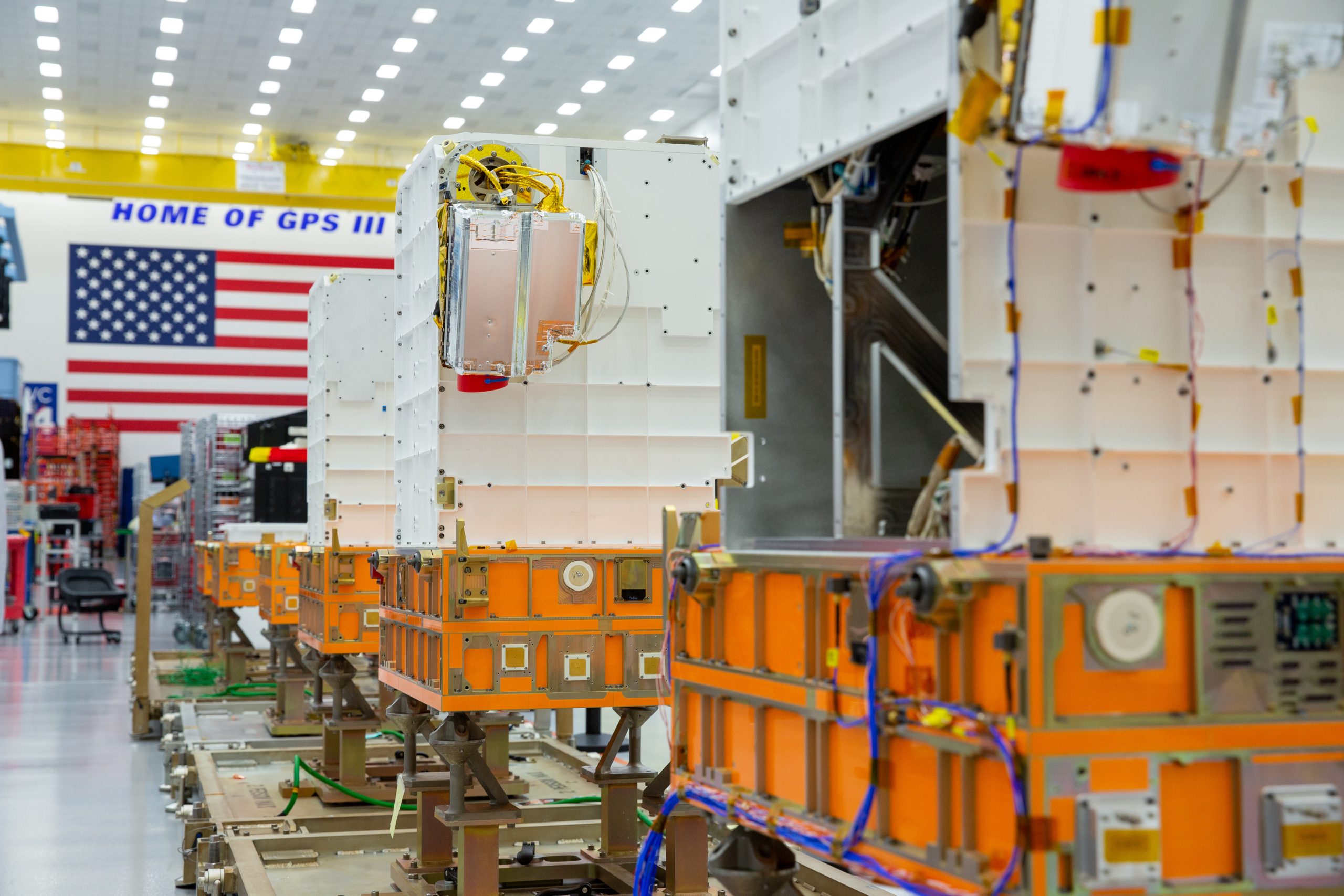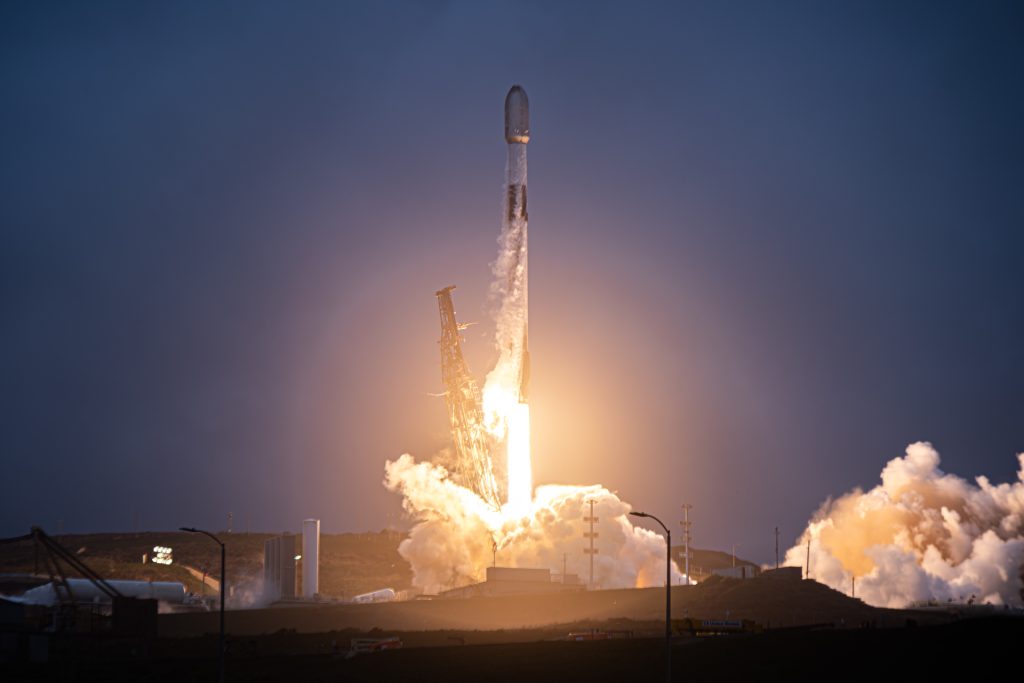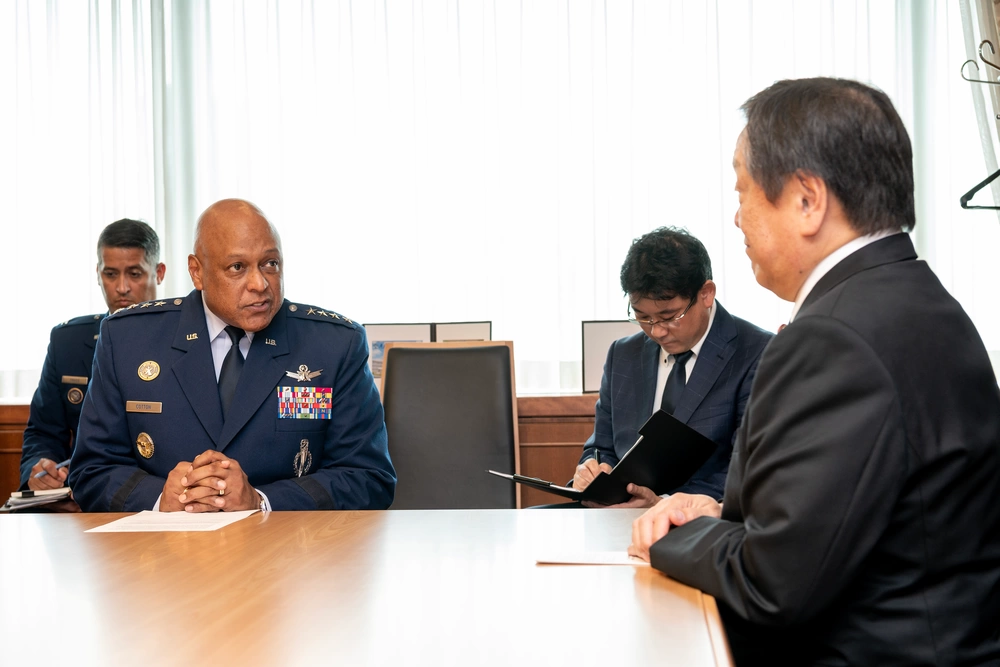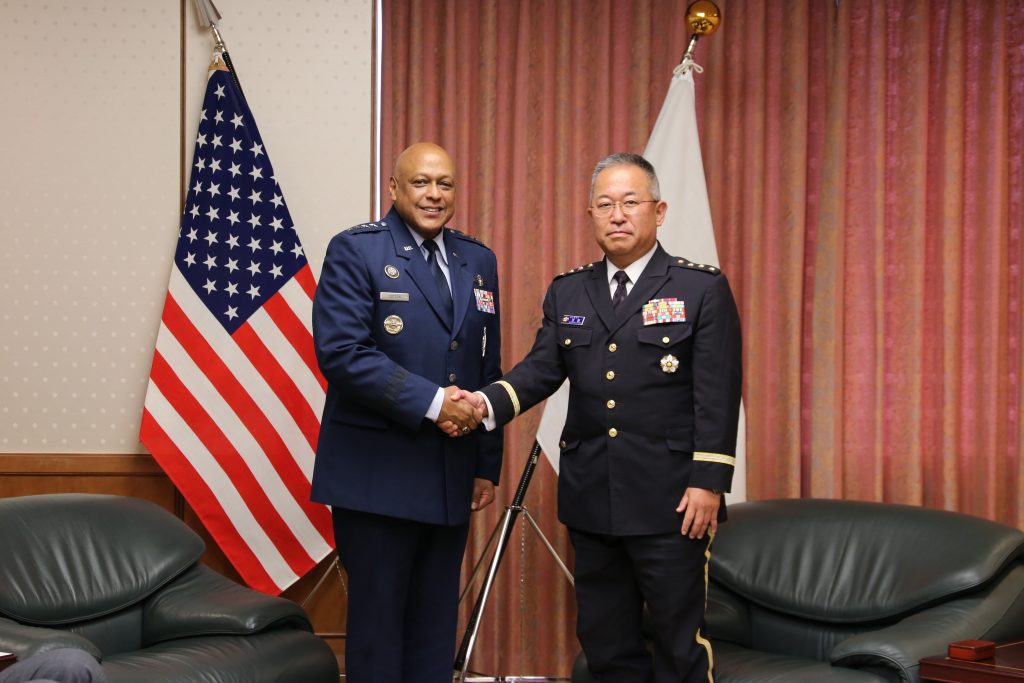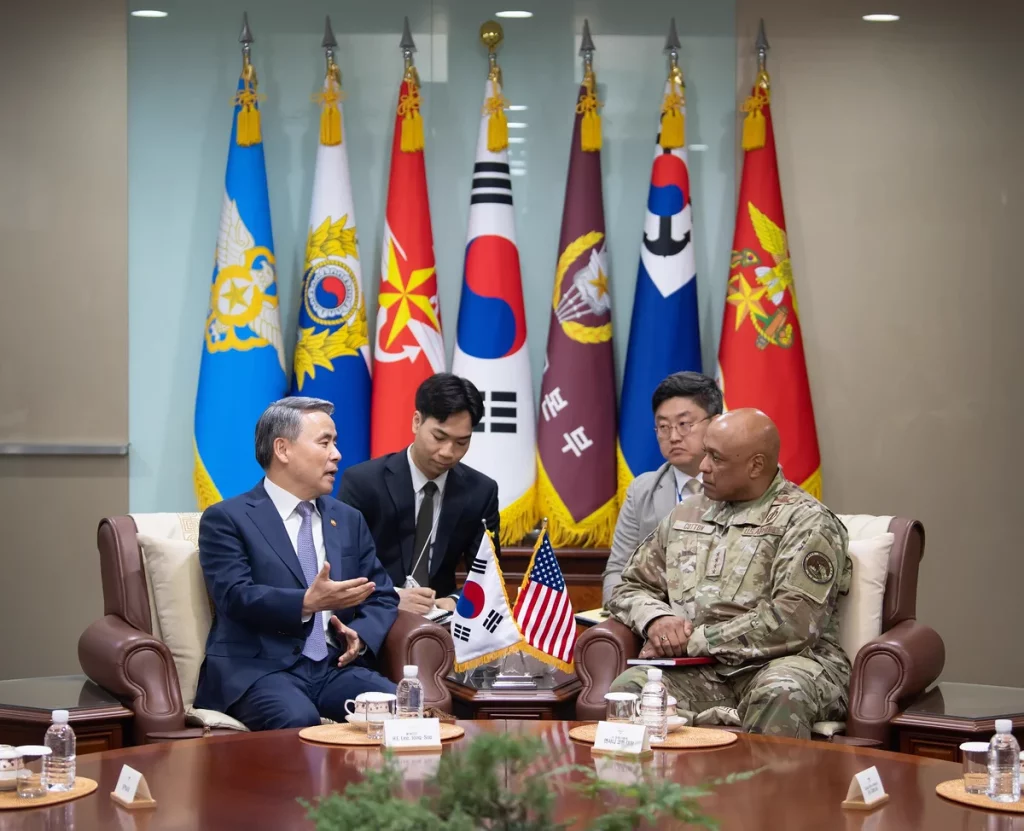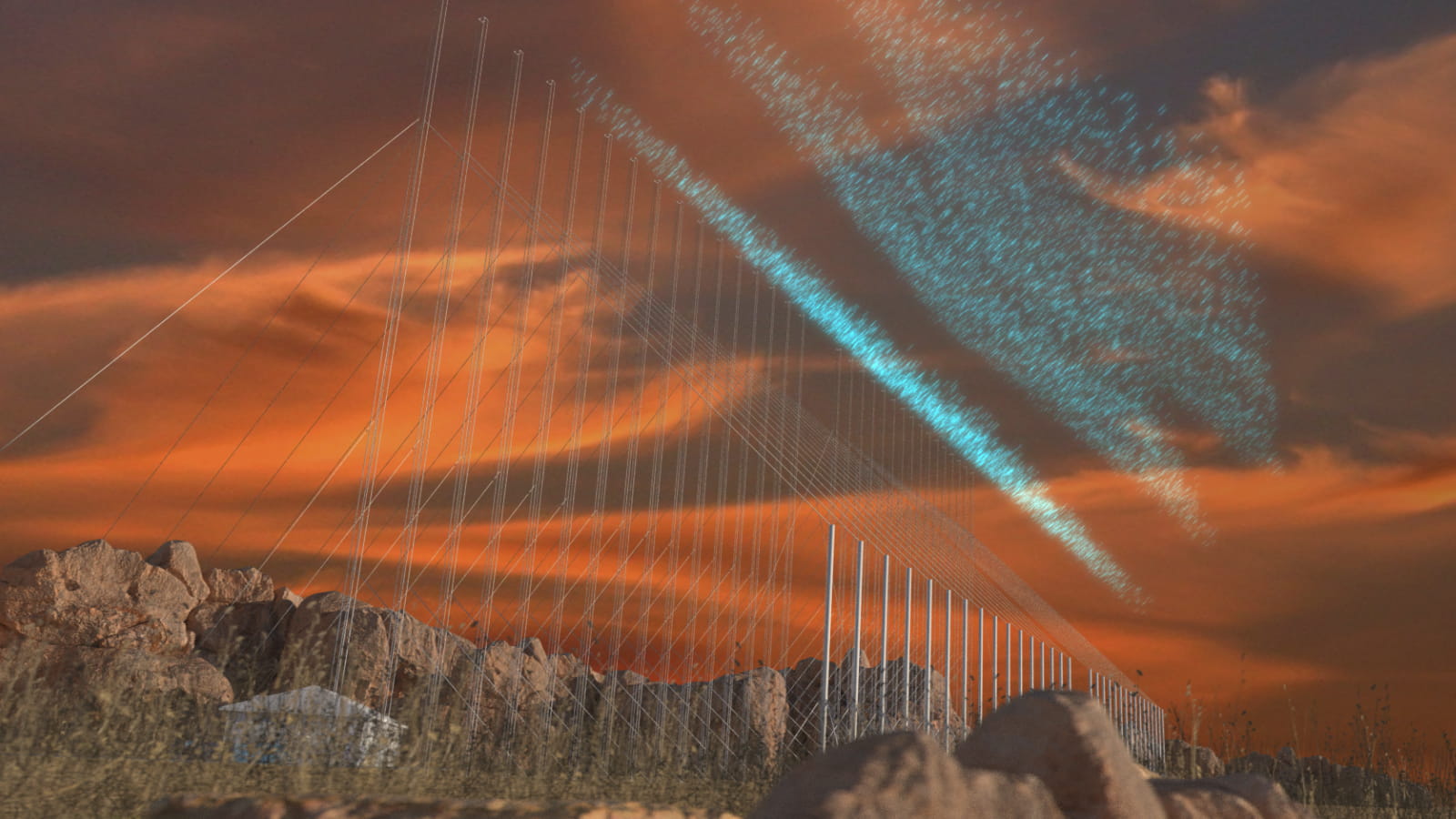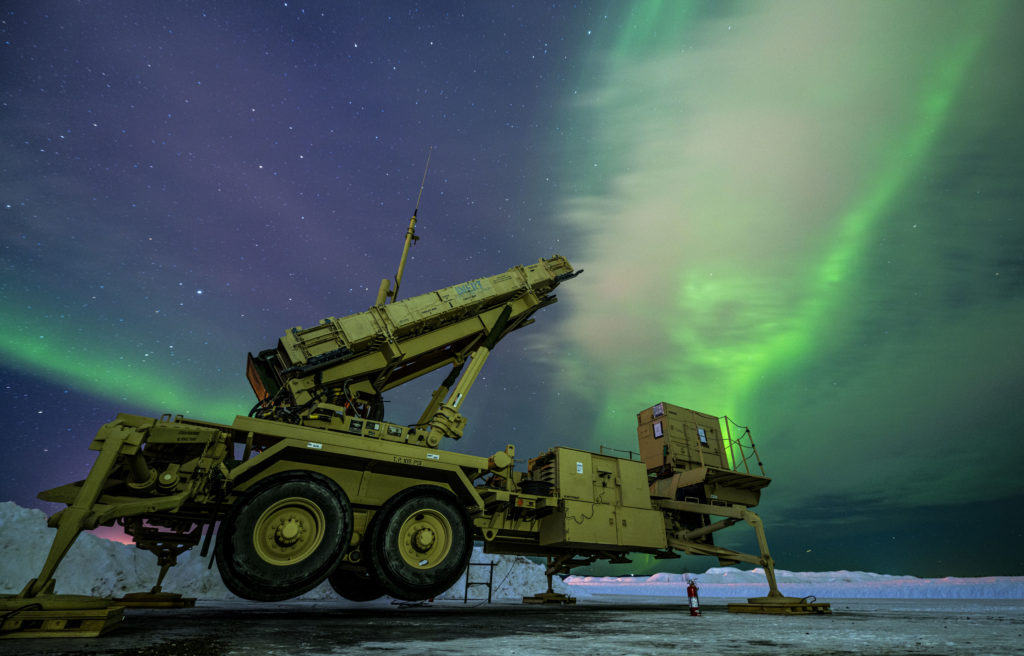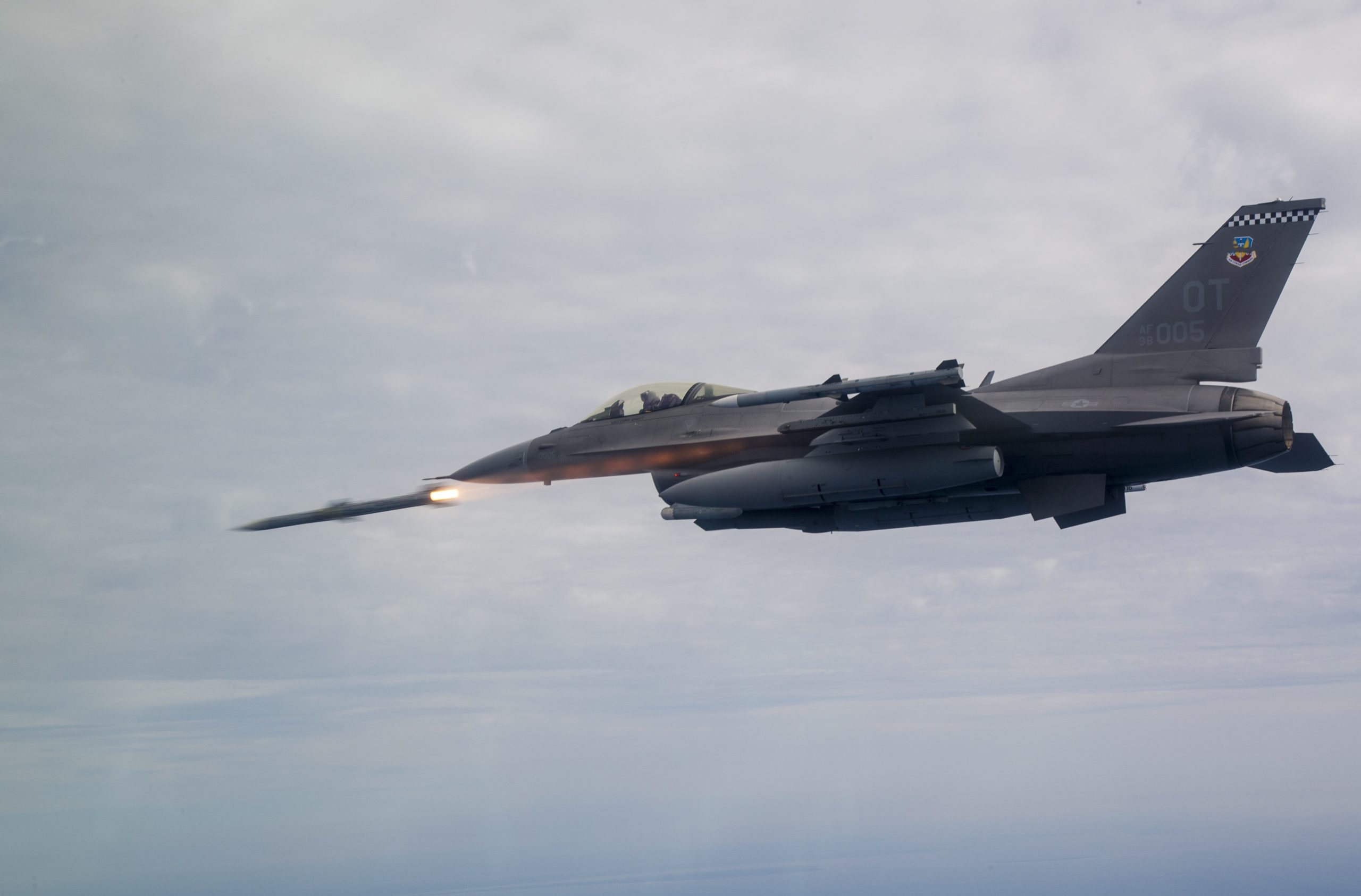Editor’s Note: This is the first in a two-part series previewing the return of the William Tell Air-to-Air Weapons Meet next week. The second part will run Sept. 7.
After nearly two decades away, William Tell is nearly back.
The Air Force’s premier fighter competition, the William Tell Air-to-Air Weapons Meet is slated to run Sept. 11-15 at the Air Dominance Center in, Savannah, Ga. Last held in 2004, the meet will feature some of the best air crews from across the service testing their offensive and defensive skills against simulated enemy aircraft, while ground crews will compete in loading weapons, aircraft maintenance, and intelligence operations.
While the return to competition is historic, the preparation for it is essentially business as usual at the 388th Fighter Wing at Hill Air Force Base, Utah, which is sending one of the first F-35A Lightning II teams to participate in the meet. The 388th is an Active-Duty operational fighter wing, so the pace is always high, said one of the team members, Capt. Spencer ‘MOTOR’ Thompson.
“Just by the nature of going through our training cycles and our day-to-day flying, we’re already prepared for all these events,” he told Air & Space Forces Magazine.
The events include one-on-one basic fighter maneuvers; two-on-two air combat maneuvering; and ‘fighter integration’ where the various jets flown by different teams (F-35s, F-22 Raptors, F-15C/D Eagles, F-15E Strike Eagles, and command and control aircraft) will “work together to kill a lot of bad guys at once,” explained Lt. Col. Jeffrey ‘BANGER’ Harding, a reservist with the 419th Fighter Wing who will also compete on the Hill team.
The simulated bad guys, also known as Red Air, will consist of six jets each from the 64th Aggressor Squadron from Nellis Air Force Base, Nev., and the 7th Fighter Training Squadron from Langley Air Force Base, Va., Air Combat Command told Air & Space Forces Magazine. Visiting Blue Air aircraft may also fill in as Red Air as needs arise.
Each 4-pilot team consists of an instructor pilot, a flight lead, a wingman, and another pilot of any qualification level, which ensures a good mix of experience levels. Individual skill level will be even more pronounced during the BFM events, where pilots will face off against the same aircraft from another unit.
“That really gets down to the purest sense of who’s the best,” Harding explained, “because it’s not about the airplane.”
The lieutenant colonel expects the F-35’s unparalleled ability to fuse sensor data will shine during the fighter integration event.
“Everyone brings different capabilities, so that we can ultimately win and effectively, from my perspective, kill the adversary with an extremely high kill ratio,” he said. “I would like to lose zero Blue fighters and I would like to kill all the bad guys, and I think the F-35 will demonstrate that with the [situational awareness] that we bring to the fight.”
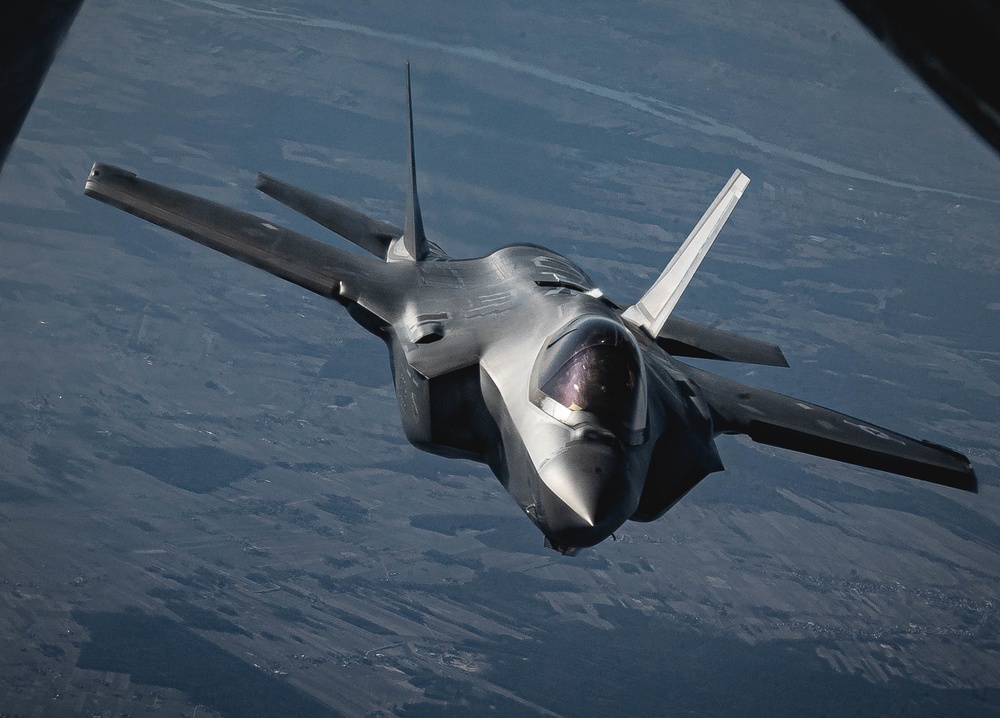
There will be multiple rounds of the fighter integration contest, and the teams that perform best will receive the Maj. Richard I. Bong Fighter Integration Award, named after the top American flying ace in World War II. There will also be awards for the top wings in each fighter category, as well as functional awards for command and control, maintenance, weapons loading, intelligence tradecraft, and “superior individual performers.”
Perhaps William Tell’s biggest win be its impact on Air Force fighter culture. From 1954 to 1996, William Tell was a biennial competition, but budget cuts in the wake of the Cold War ended the practice in the 1990s. With the exception of a 2004 revival to commemorate the 50th anniversary of the first contest, William Tell was finished—until now. USAF’s renewed focus on China as a peer adversary fighting in highly contested airspace is the inspiration for bringing the competition back to life.
Due to its 19-year hiatus, William Tell probably did not have the same cultural currency it once had for many present-day pilots when its return was first announced in April, Thompson said. But “as the months have gone on and we’ve gone through the planning process and found out all the history, how this spanned for 30-plus years … I think the hype has gotten to the point where it was in the past.”
That hype will no doubt continue at the competition itself, where Harding looks forward to meeting past William Tell participants.
“I’m excited to see that history and that culture of where the American fighter pilot came from, because culture is a big thing for us,” he said. “It’s been slowly degraded and reduced over the years and I think this is a step in the right direction to bring it back.”
It won’t just be bringing it back, though—it will be updating it for a new era.
“As all these details have emerged, all the pilots are pretty excited for it, at least within our own wing, to bring that camaraderie and bring our fifth-gen capability and kind of showcase that to the rest of the Air Force,” Thompson said.
About 800 Airmen are expected to participate, Air Combat Command told Air & Space Forces Magazine, representing nine squadrons from the Active, Guard, and Reserve components. Among them will be:
Air Combat Command
- F-15E Strike Eagles from the 4th Fighter Wing, Seymour Johnson Air Force Base, N.C., and 366th Fighter Wing, Mountain Home Air Force Base, Idaho
- F-22 Raptors from the 1st Fighter Wing, Joint Base Langley-Eustis, Va.
- F-35 Lightning IIs from the 388th Fighter Wing, Hill Air Force Base, Utah
- Command and Control from the 552 Air Control Wing, Tinker Air Force Base, Okla.
Pacific Air Forces
- F-22 Raptors from the 3rd Wing, Joint Base Elmendorf-Richardson, Alaska, and the 154th Fighter Wing, Joint Base Pearl Harbor-Hickam, Hawaii
- Command and Control from the 3rd Wing, Joint Base Elmendorf-Richardson, Alaska, and the 18th Wing, Kadena Air Base, Okinawa, Japan
Air National Guard
- F-15 C/D Eagles from the 104th Fighter Wing, Barnes Air National Guard Base, Mass.
- F-35 Lightning IIs from the 158th Fighter Wing, Burlington Air National Guard Base, Vt.
